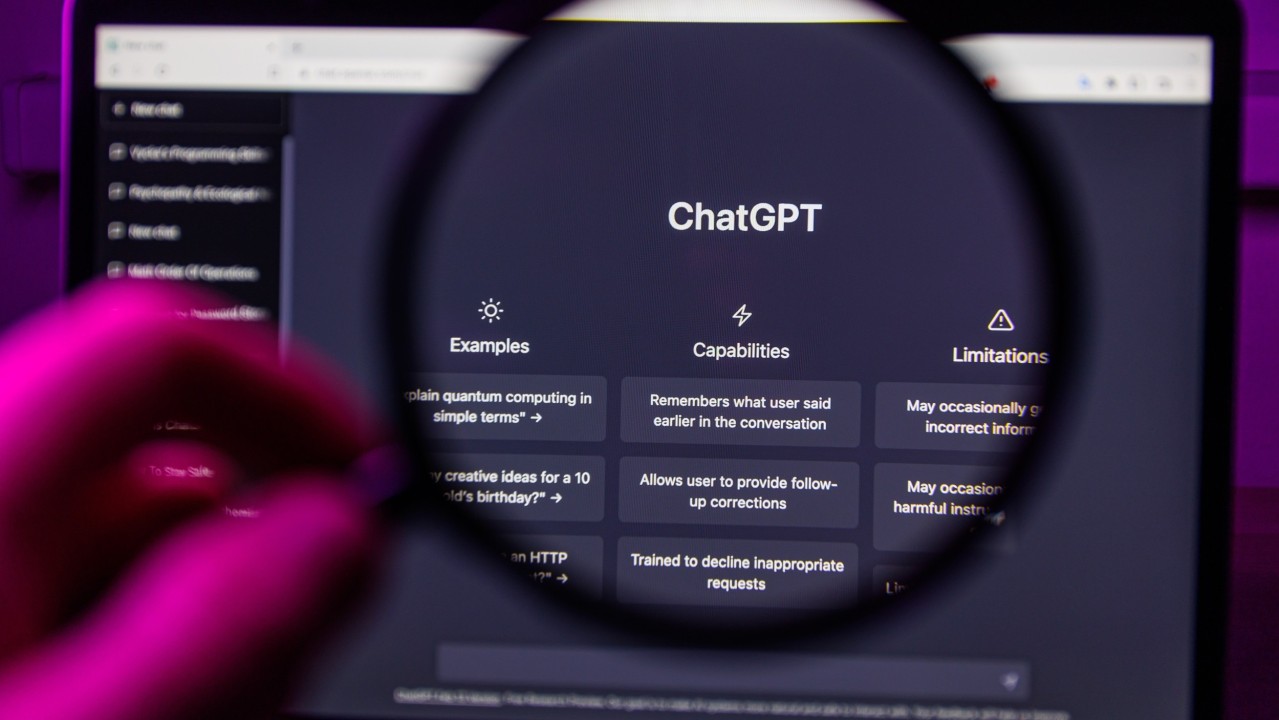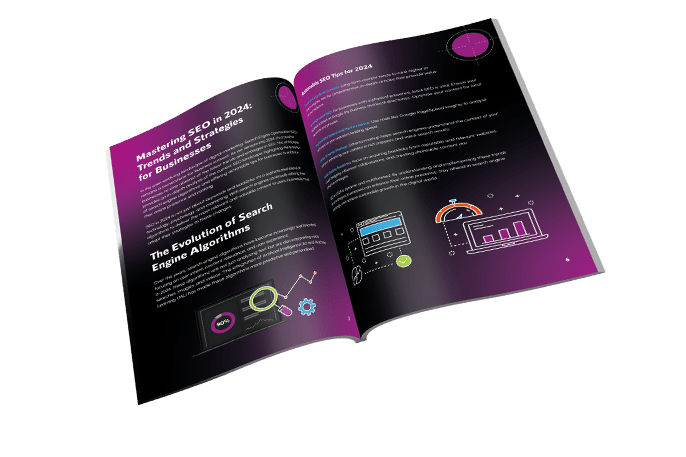News
Preparing for the Rise of Visual Search: A 2025 SEO Strategy Guide
As technology evolves, so do the ways people search for information. While traditional text-based searches continue to dominate, visual search is rapidly gaining traction, driven by advancements in artificial intelligence (AI) and machine learning. Tools like Google Lens, Pinterest Lens, and Bing Visual Search have enabled users to search the web using images and videos, marking a shift towards more intuitive and visually rich search experiences.
For digital marketing agencies, the rise of visual search represents a paradigm shift. To remain competitive, brands must adapt their SEO strategies to prioritise visual content optimisation.
This guide explores the growing significance of visual search, predictions for 2025, and actionable strategies for preparing your SEO efforts for this transformative trend.
The Growing Importance of Visual Search
Visual search leverages AI to analyse images, identify objects, and retrieve relevant information. Unlike text-based search, which relies on keywords, visual search processes the attributes of an image, such as shapes, colours, and patterns.
For instance, a user can take a photo of a pair of trainers they like, upload it to a visual search tool, and receive results showing similar products available for purchase. This creates a seamless bridge between offline inspiration and online purchasing, making visual search particularly impactful in retail and e-commerce.
Statistics Highlighting the Trend
- Retail Adoption: A report by Gartner predicts that by 2025, 30% of major e-commerce brands will have integrated visual search into their platforms.
- Consumer Behaviour: Over 60% of consumers say visual information is more important than textual information when shopping online, according to a study by ViSenze.
- Market Growth: The visual search market is projected to reach £10 billion by 2025, fuelled by increasing adoption across industries such as fashion, home décor, and travel.
Why Visual Content Optimisation Will Be Critical
As visual search becomes more prevalent, businesses must prioritise visual content in their SEO strategies. Here’s why:
- Enhanced User Experience: Visual search offers faster, more intuitive results, aligning with consumer expectations for quick and relevant information.
- Better Engagement Rates: Images and videos are inherently more engaging than text. Optimising visual content can significantly improve click-through rates (CTR) and on-site engagement.
- Competitive Advantage: Early adopters of visual search optimisation can capture untapped audiences, particularly tech-savvy Gen Z and Millennial consumers.
- SEO Value: Search engines increasingly prioritise multimedia content. Properly optimised visuals can improve a site’s overall search rankings.
Predictions for 2025: The Future of Visual Search
Dominance of Image and Video Search
By 2025, image and video search will rival traditional text search in popularity. This shift will force brands to rethink how they structure and optimise their content.
Metadata Will Be King
The role of metadata—alt tags, file names, captions, and structured data—will become critical in helping search engines understand and rank visual content.
AI-Powered Visual Analytics
AI tools capable of analysing and categorising images will become a standard part of SEO. Agencies will increasingly rely on these tools to refine their visual search strategies.
E-commerce Revolution
Retailers will see visual search as a must-have, using it to bridge the gap between online and offline shopping experiences.
Integration with AR and VR
Augmented reality (AR) and virtual reality (VR) will enhance visual search experiences, allowing users to interact with products in 3D environments before making a purchase.
Preparing for the Rise of Visual Search: A 2025 Strategy
1. Optimise Images for Search
- High-Quality Images: Use clear, high-resolution images that represent your products or services effectively.
- Descriptive File Names: Name image files descriptively, including relevant keywords (e.g., red-leather-handbag.jpg instead of IMG1234.jpg).
- Alt Text: Write concise and accurate alt text to describe your images. This not only aids SEO but also improves accessibility for visually impaired users.
- Responsive Design: Ensure images are mobile-friendly and load quickly on all devices.
2. Leverage Video Content
- Video SEO: Optimise video titles, descriptions, and thumbnails with keywords.
- Transcripts and Captions: Include transcripts and closed captions for videos to improve their discoverability.
- YouTube Optimisation: Given YouTube’s dominance in video search, optimise content for the platform using tags, playlists, and engaging thumbnails.
3. Implement Structured Data Markup
Structured data (schema markup) helps search engines interpret visual content more effectively. For instance, adding schema for product images can improve their visibility in Google’s search results.
4. Use AI-Powered Tools
AI tools like Google Vision AI and Adobe Sensei can help analyse and optimise images. These tools can identify objects, detect text within images, and provide insights into how search engines may interpret your visual content.
5. Focus on Local Search
Visual search is particularly useful for local queries. Ensure your images are tagged with location-specific metadata to improve their visibility in local search results.
6. Build a Content Ecosystem Around Visuals
- Visual Blogs: Incorporate infographics, charts, and images into blog posts to make them more engaging and shareable.
- Interactive Content: Use interactive visuals, such as 360-degree videos or product visualisers, to enhance user engagement.
- Social Media Integration: Share optimised visual content across platforms like Instagram, Pinterest, and TikTok to drive traffic and improve brand visibility.
7. Monitor and Adapt
- Track Metrics: Use tools like Google Analytics to measure the performance of visual content.
- Stay Updated: Follow industry trends and updates in visual search technology to refine your strategy continually.
Challenges and How to Overcome Them
Data Privacy Concerns
Visual search often relies on user-uploaded images, raising potential privacy issues. Agencies must ensure compliance with GDPR and other data protection regulations.
Technology Barriers
Not all businesses have the resources to invest in high-end cameras or AI tools. Agencies can bridge this gap by offering cost-effective solutions tailored to smaller businesses.
Algorithm Changes
As visual search algorithms evolve, strategies that work today may become obsolete tomorrow. Staying agile and testing new approaches will be essential.
The Time to Act is Now
The rise of visual search is not a distant trend—it’s happening now. By 2025, businesses that fail to optimise their visual content risk falling behind in an increasingly competitive digital landscape. For digital marketing agencies, this represents an opportunity to lead the charge, helping clients unlock the full potential of visual search.
From optimising images and videos to leveraging AI tools and structured data, preparing for the visual search revolution requires a multi-faceted approach. By acting today, agencies can ensure their clients not only adapt to but thrive in a world where visual search reigns supreme.
Are you ready for the rise of visual search? The time to start is now.





The Ultimate Social Media Guide
With the ever-growing power of social media, we use the latest techniques, video, and animation software to craft eye-catching social media assets that make your brand pop. Our designers, wielding Adobe Creative tools, create distinctive animations and graphics to illuminate your brand story and highlight your products or services. Want a unique design? No problem – we also offer bespoke designs to match your brand aesthetic.